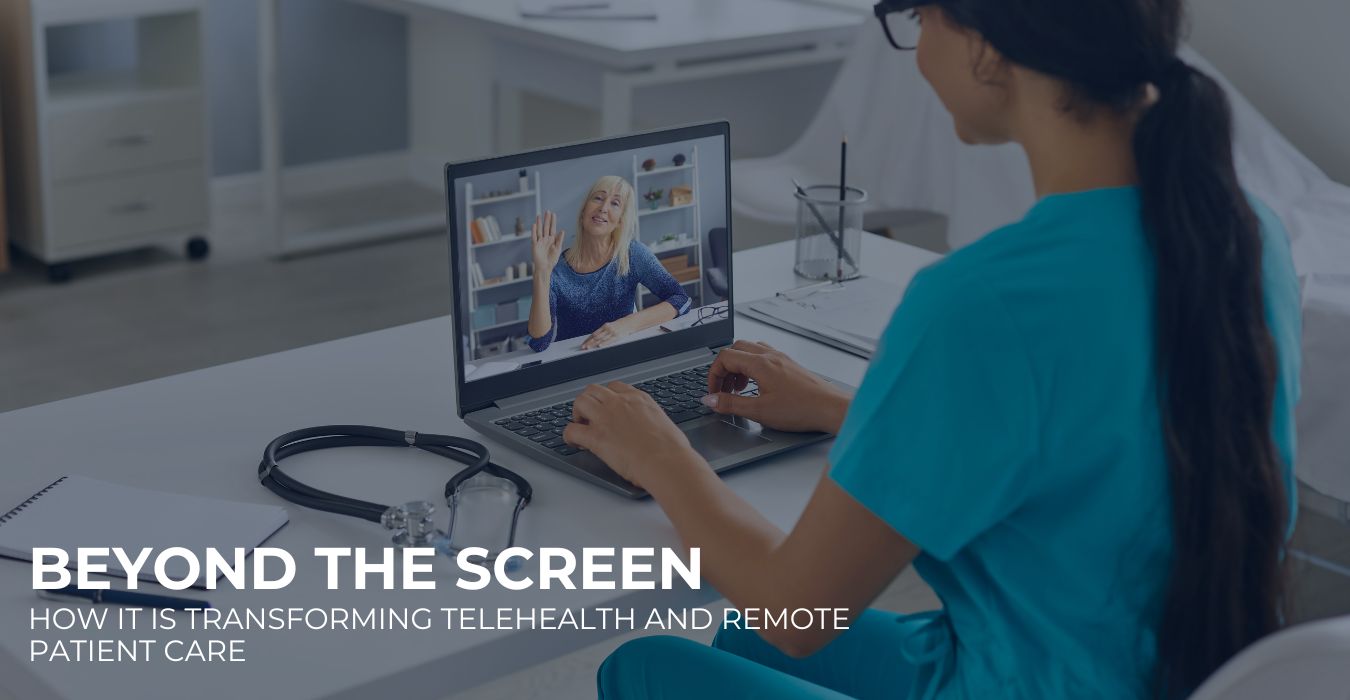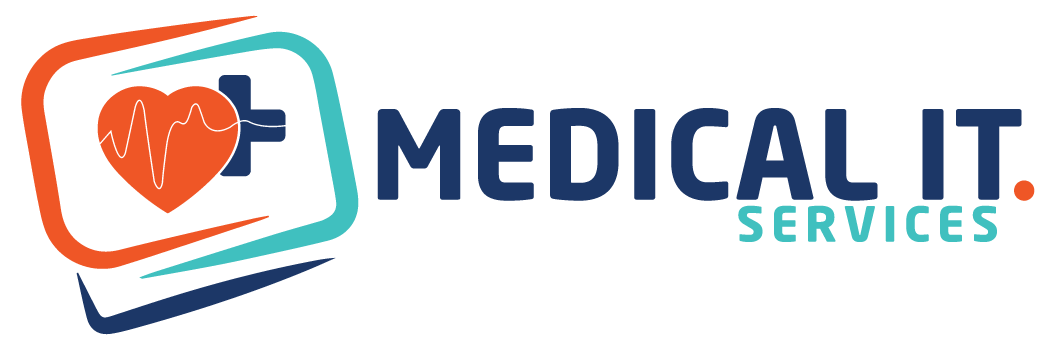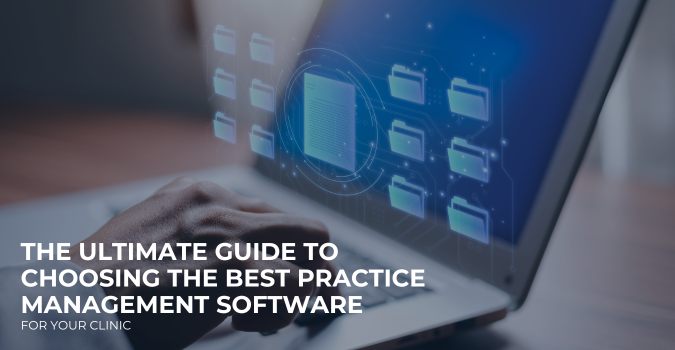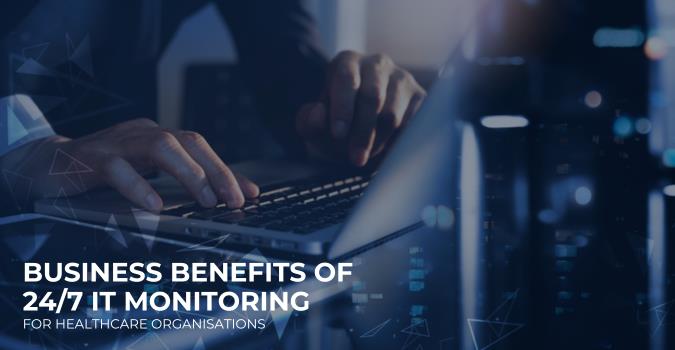In today’s fast-paced digital world, patients expect the same level of convenience and accessibility from…

Beyond the Screen: How IT is Transforming Telehealth and Remote Care
In today’s fast-paced world, telehealth and remote patient care are revolutionising the healthcare industry. These innovations have become important in ensuring that patients receive timely and efficient care, especially in remote areas. At the core of this transformation lies IT, which is fundamental for telehealth solutions. Healthcare is now more accessible and efficient than ever thanks to IT technology, which enables anything from virtual consultations to real time monitoring.
Bridging the Gap Between Providers and Patients
One of the most significant contributions of IT to telehealth is enabling seamless communication between healthcare providers and patients. Video conferencing platforms and secure messaging systems make it possible for patients to connect with medical professionals without the need to travel. This is particularly beneficial for individuals in rural or remote areas, where access to healthcare professionals is limited.
Supporting Real-Time Patient Monitoring
Remote patient monitoring (RPM) is an essential part of modern telehealth services. IT plays a role in facilitating RPM by integrating wearable devices and sensors with cloud-based systems. These devices track vital health metrics such as heart rate, oxygen levels and blood pressure and transmit the data to healthcare providers in real time. This not only allows for early detection of potential issues but also allows providers to make timely decisions.
Enhancing Data Security and Privacy
With the increasing adoption of telehealth, protecting patient information has become a top priority. IT solutions help healthcare organisations implement security measures, including encryption, firewalls and multi-factor authentication. Compliance with data protection regulations is essential and advanced IT systems ensure that patient data remains secure.
Streamlining Healthcare Operations
IT infrastructure enhances telehealth services by seamlessly connecting administrative and clinical systems. Tools such as electronic health records (EHRs), scheduling software and billing platforms work together to eliminate operational inefficiencies. For example, automated scheduling minimises problems with appointment overlaps, while integrated billing systems ensure smooth payment processing.
Improving Patient Engagement and Satisfaction
Telehealth platforms, powered by IT, enhance patient engagement through user-friendly and accessible platforms. Mobile apps, patient portals and virtual consultation tools
encourage patients to take control of their health. They can book appointments, view medical records and connect with healthcare providers at their convenience. This increased engagement leads to higher patient satisfaction and promotes better health outcomes.
Overcoming Technical Challenges
While telehealth offers numerous benefits, it also encounters technical issues. Unstable internet connection, especially in rural areas, can disrupt online consultations. Additionally, some patients may struggle with digital literacy or lack the necessary devices to access telehealth services. IT innovations, such as low-bandwidth platforms and offline-accessible apps, can help overcome these barriers. These solutions ensure telehealth remains accessible and effective.
The Future of Telehealth
The advancements in IT are paving the way for more advanced solutions, making the future of telehealth look promising. Artificial intelligence and machine learning are expected to play important roles in diagnosis and personalised care. Meanwhile, 5G networks improve the quality and efficiency of telehealth services, allowing for high quality video consultations and faster data processing.
Conclusion
As telehealth continues to expand, the role of IT in driving its success becomes increasingly vital. From facilitating smooth communication to ensuring data security and enabling real-time patient monitoring, IT is reshaping how healthcare is delivered. With ongoing advancements in technology, telehealth’s ability to improve access and outcomes will only increase, resulting in IT playing a key role in achieving a healthier future for everyone.




